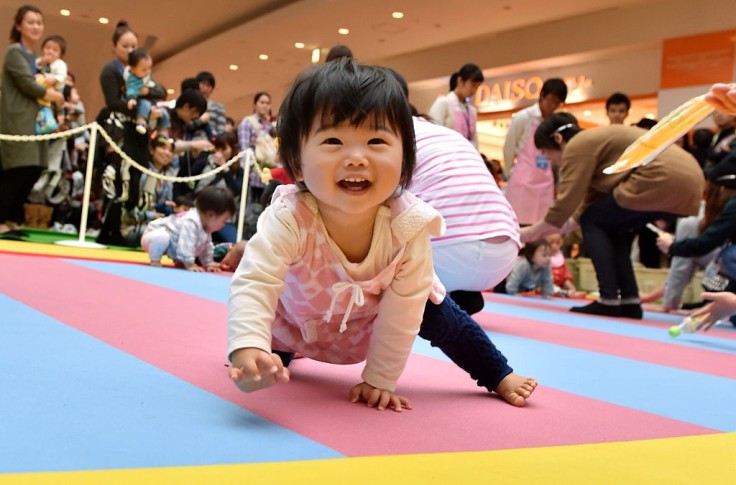
Welcoming a baby into your life brings a journey filled with milestones and wonders, with one of the most anticipated being when your baby starts crawling.
This significant milestone marks a new chapter in both your baby's development and your parenting adventure.
So, when do babies start crawling, and what can you expect during this exciting phase? Let's delve into the world of baby crawling styles and developmental stages.
Understanding the Timeline
When you wonder, "At what age do babies typically begin to crawl?" it's good to keep in mind that each little one is different.
While many kiddos start making their moves between 6 to 10 months, some might take their first crawling steps a bit earlier or perhaps a tad later.
Just like us adults, babies have their own timelines. So if your little one is taking their sweet time, don't fret! Every child's developmental journey has its own rhythm.
Prelude to Crawling
Before babies start crawling, they go through several stages that prepare them for this big step. It starts with gaining neck strength during tummy time, progressing to rolling over, sitting up independently, and eventually getting into a crawling position.
These stages are vital as they develop the muscle strength and coordination required for crawling. They'll exhibit several signs indicating their readiness. You'll notice:
Improved strength during tummy time: Your baby will start lifting their head and even pushing up on their arms.
Rolling over: From tummy to back and vice versa.
Rocking on hands and knees: This is often a prelude to actual crawling.
Different Baby Crawling Styles
While we often envision a standard hands-and-knees style, babies have their unique flair when it comes to mobility. Here are some common baby crawling styles you might observe:
Classic Crawl: The traditional hands-and-knees method.
Commando Crawl: Lying flat on the tummy and pulling forward with the arms.
Bear Crawl: Walking on hands and feet with the hips raised high.
Crab Crawl: Moving sideways, often with one knee bent.
Rolling: Some babies prefer to simply roll to their destination!
Scooting: Moving around by sitting on their bottom and using their arms to drag forward.
Each baby is different, and their chosen style of crawling is just the beginning of showcasing their unique personalities. Whether your little one opts for a bear crawl or a commando approach, what's essential is their progress and happiness.
Encouraging Crawling
To encourage your baby to start crawling, try the following:
Regular Tummy Time: This strengthens their back, neck, and arm muscles, creating a good foundation for crawling.
Create an Inviting Space: Make sure the crawling area is safe and appealing. Soft carpets and a clear space can be inviting.
Use Toys as Incentives: Place their favorite toys just out of reach to motivate them to move towards them.
Be a Cheerleader: Your excitement and praise can greatly motivate your baby.
For safety measures, once your baby starts crawling, it's time to baby-proof your home. Ensure that potential hazards, like stairs, sharp objects, and small items they could swallow, are out of reach.
When to Consult a Pediatrician?
If your baby hasn't started crawling by 12 months or if you notice they only use one side of their body to move, it's wise to discuss this with your pediatrician. They can assess your baby's motor skills and provide guidance.
As parents, watching our babies reach milestones is an exhilarating experience. While you might be curious about when babies start crawling, it's essential to remember that each child is unique. They'll crawl when they're ready, and in their own signature style.
Celebrate every moment, capture the memories, and cheer them on, whether they're commando crawling or taking their first tentative step. Your encouragement and love will be the wind beneath their tiny, burgeoning wings.